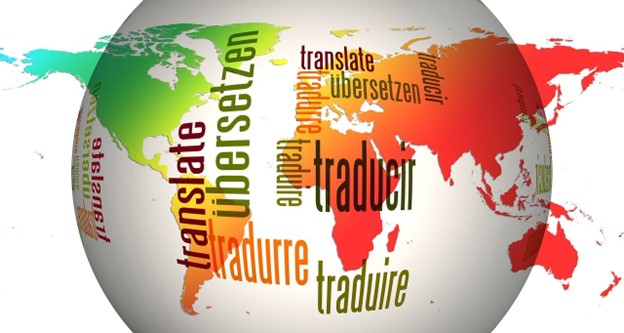Artificial intelligence is increasingly becoming an inseparable part of daily life. From smart homes and AI-powered devices to car navigation systems, this technology is already transforming routine aspects of life. With continuous advancements and the evolution of machine learning systems, new opportunities for integration are emerging — one notable example being live translation.
AI Integration in Daily Life
AI, with its ability to process vast amounts of data and derive results or predictions, empowers the creation of devices and applications that enhance user experiences across various fields. Today, users leverage AI for tasks like meal planning, creating travel itineraries, and utilizing smart, autonomous vacuum cleaners. Meanwhile, businesses adopt diverse AI technologies, ranging from chatbots that communicate with customers to predictive analytics tools and robots automating repetitive tasks.
The Future with Live Translation
Developers of AI-powered tools are introducing live translation capabilities to the market. AI translation technology, based on machine learning and natural language processing, ensures automated systems can translate content without human intervention.
In general, AI translation tools offer quick and accurate translations across various languages. Machine learning based translation services can be particularly beneficial for businesses looking to adapt their content for foreign markets while maintaining alignment with company values. Moreover, these tools help overcome language barriers, whether during international travel or within global business teams.
Even more groundbreaking innovations are emerging with the introduction of live translation alternatives. Real-time translators interpret spoken or written content from one language into another. These tools analyse speech waveforms using neural networks and deep learning techniques.
The primary advantages of such tools include instant, real-time translations that enable seamless communication with speakers of other languages, understanding foreign-language content, and reading road signs or instructions in unfamiliar languages. International companies can use these applications for collaboration within multicultural teams or during conferences and meetings. Similarly, these tools are valuable for international exchange students.
Furthermore, the increasing accessibility of live translation tools will enable businesses to expand their reach to even larger target audiences. In travel, these tools are transformative, providing assistance in translating any text, image, or audio content that may be incomprehensible otherwise.
However, challenges still exist with these tools, as translations may not always be entirely accurate due to cultural context, linguistic nuances, or region-specific expressions. Additionally, the range of available languages remains limited for now.
For example, Microsoft is already testing the live translation feature on personal computers via Intel and AMD Copilot Plus. This feature is expected to be available to Windows 11 Insiders, allowing users to translate audio from more than 44 languages into English subtitles.
In the computing sector, smart computers of the future are expected to respond to voice commands for task execution and provide guidance for subsequent actions. Furthermore, integrating AI into overall computer systems will enable the inclusion of various AI benefits, such as automated data entry.
Final Word
AI technology is reshaping the processes of both individual users and business environments. With its continuous progression, AI offers ever-more innovative and advanced solutions, such as the possibility of live translation, paving the way for a more interconnected world.
If you are interested in this topic, we suggest you check our articles:
Sources: Future trans, SHI, Sonix, The Verge

